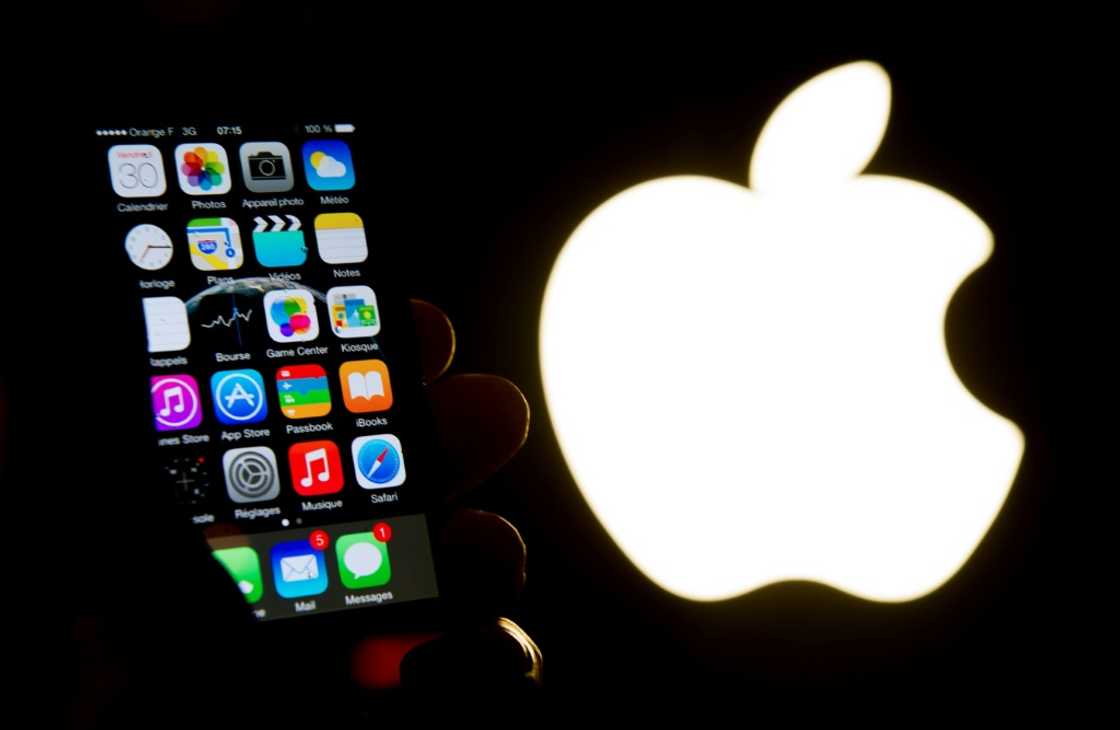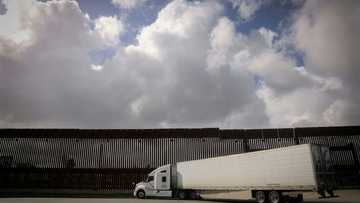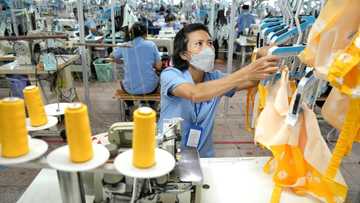Where Trump's tariffs could hurt Americans' wallets

Source: AFP
CHECK OUT: How to Start Earning with Copywriting in Just 7 Days – Even if You’re a Complete Beginner
As global financial markets plunge in the wake of US President Donald Trump's "Liberation Day" tariffs, Americans must also grapple with the potentially long-lasting impact of the move on household budgets.
The tariffs -- which are paid in the first instance by US importers -- will likely push up the price of many household items in the United States and reduce consumers' spending power.
Grocery store costs
The US imports a growing share of the fresh fruits and vegetables consumed each year, according to the US Department of Agriculture (USDA).
Many of the fresh goods come from Canada and Mexico, two countries not immediately affected by the tariffs announced Wednesday.
But other goods will be hit by the stinging duties set to come into effect this month.
For example, the United States imports large quantities of bananas from the Latin American countries of Guatemala, Ecuador and Costa Rica, which will all face a 10 percent tariff from April 5.
Coffee -- around 80 percent of which is imported, according to the USDA -- is likely to see a price increase, given that top exporters Brazil and Colombia will also face the new baseline 10 percent rate.
Olive oil and alcohol imports from Italy, Spain and Greece will be hit with a new 20 percent levy against the European Union from April 9.
And Thai jasmine rice and Indian basmati rice will face tariffs of 36 percent and 26 percent respectively, while Indian shrimp -- which the US imports large quantities of -- will face the same 26 percent rate.
Electronics and cars

Source: AFP
Consumer electronics are also set to be hit with steep tariffs this month, given how many of products are manufactured or assembled in India and China.
Despite moves to expand its supply chain, Apple still makes the vast majority of its iPhones in China, through supplier Foxconn, where hardware exports will be hit with a tariff totaling 54 percent from April 9.
Apple analyst Ming-Chi Kuo predicted that US buyers of high-end iPhones, who account for as much as 70 percent of sales, are "relatively more accepting of price increases."
On top of the measures announced Wednesday, the Trump administration has also rolled out a 25 percent tariff against vehicles not made in the United States -- a step analysts have warned could add thousands to the cost of the average car.
Shoes, clothes
Shares of clothing and textile companies, which rely on cheap labor in countries including China and Vietnam, fell sharply Thursday, with Nike sinking more than 13 percent and Gap tanking more than 20 percent.
The new tariffs announced Wednesday mean imports to the United States from China and Vietnam will be taxed at 54 percent and 46 percent respectively.
Yale's Budget Lab estimated the effect of recent tariffs, up to and including Wednesday's announcement, would cause a 17 percent rise in the cost of clothing and textiles.
The think tank calculated that the overall effect on prices of the tariffs announced so far was equivalent to an average per household consumer loss of $3,800.
Speaking to reporters on Thursday, Trump insisted that tariffs would make the United States "very rich."
"The operation is over," he said, referring to the recent tariff announcement. "And now we let it settle in."
PAY ATTENTION: Сheck out news that is picked exactly for YOU ➡️ find the “Recommended for you” block on the home page and enjoy!
Source: AFP





